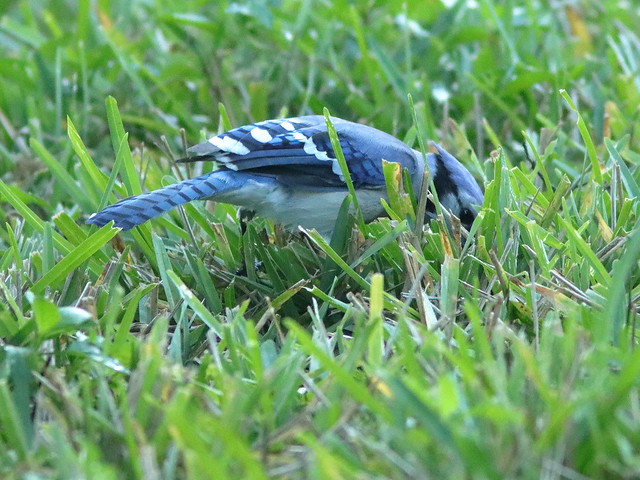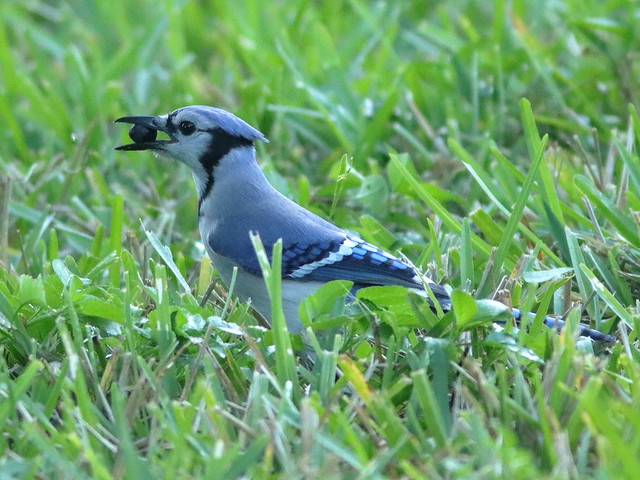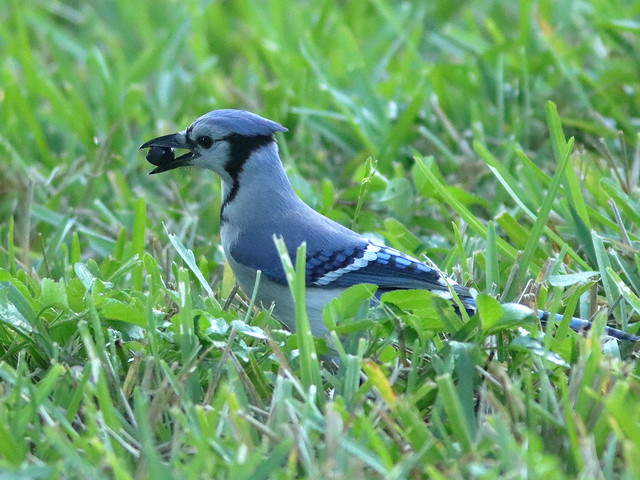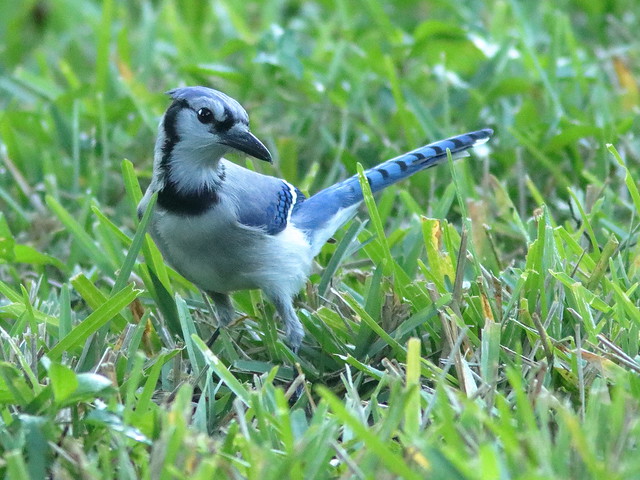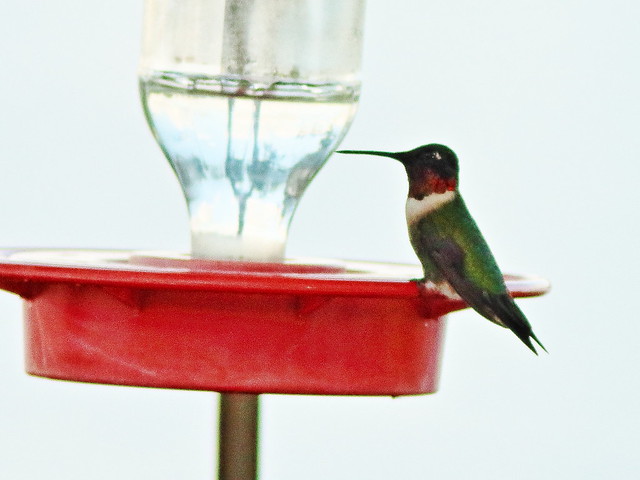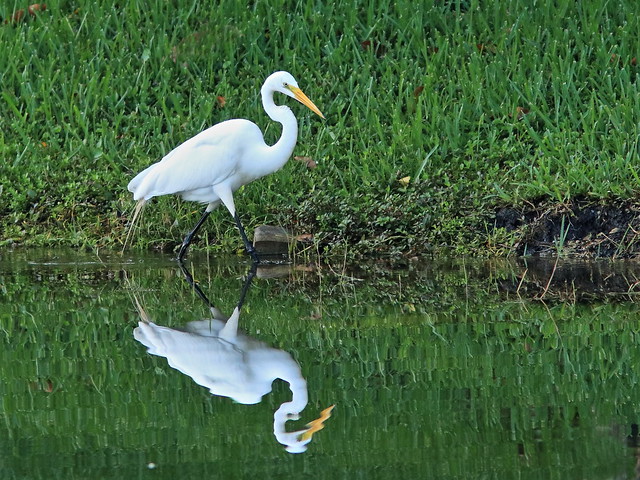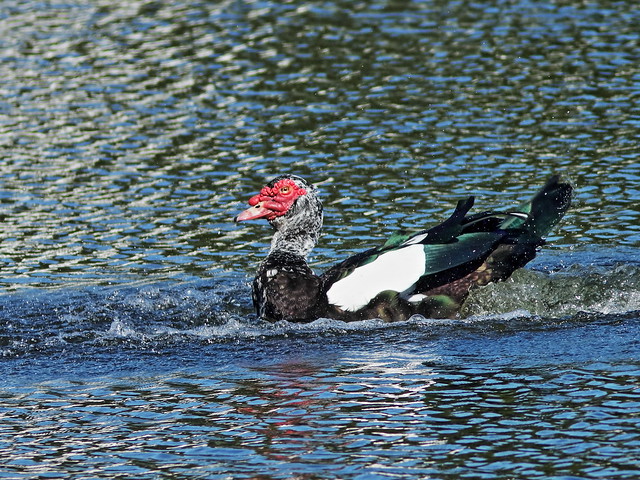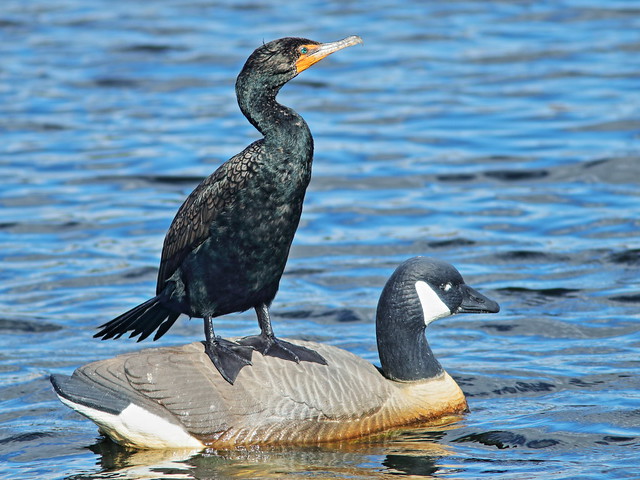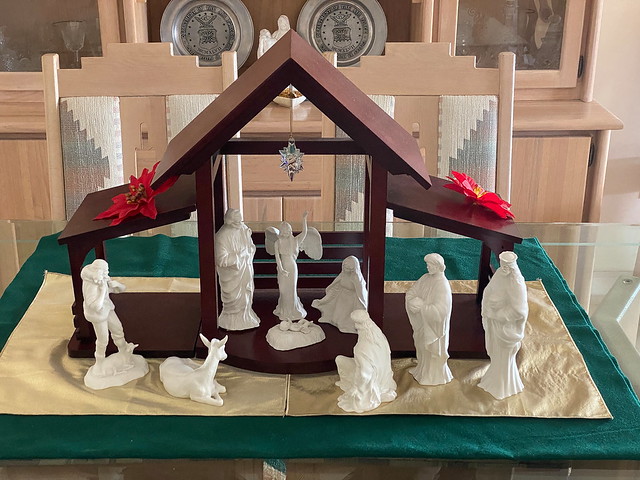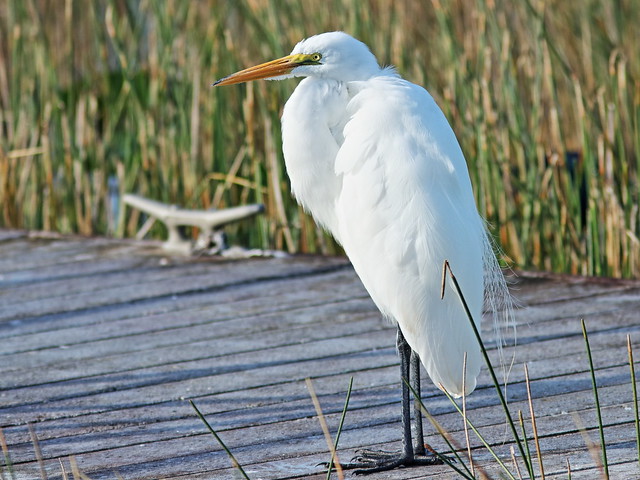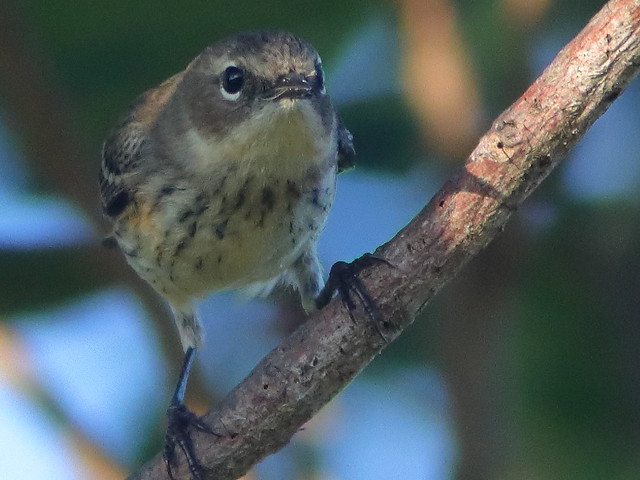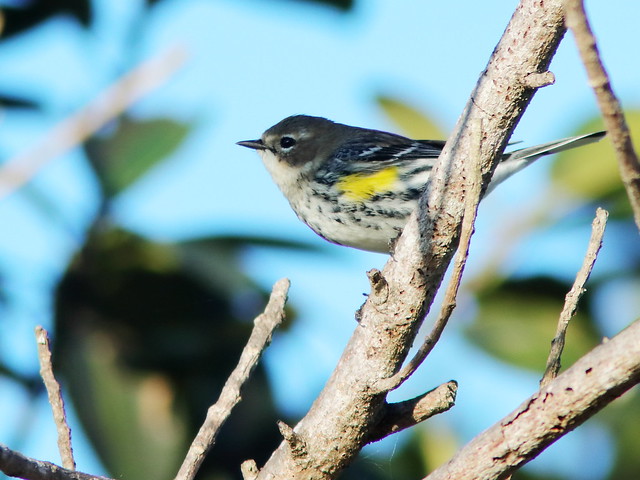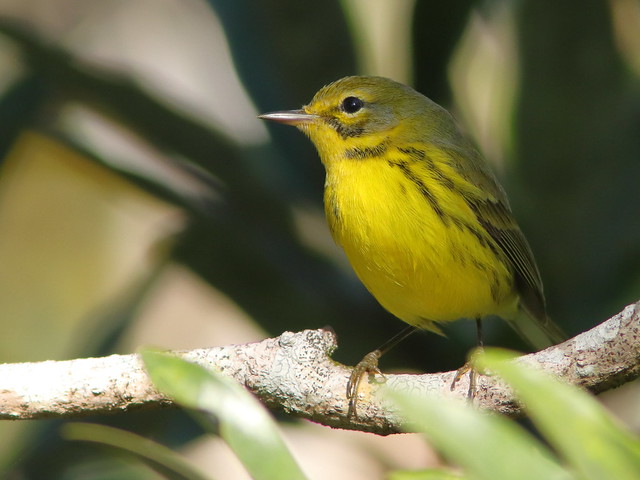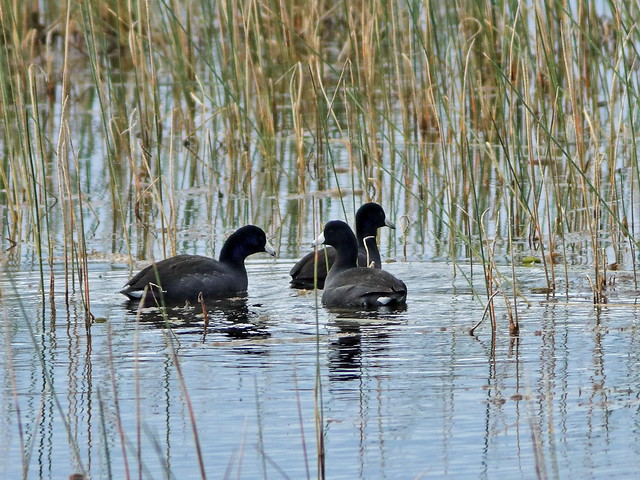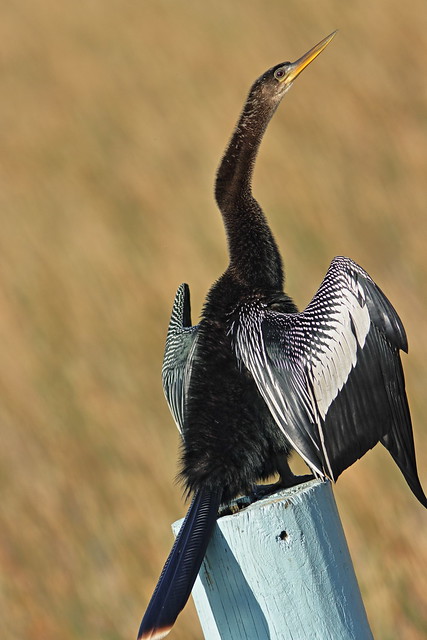Although I have been unable to lead the "First Saturday" wetland walks at Chapel Trail Nature Preserve in nearby Pembroke Pines, I try to get out there at least once every week. I go early and only on weekdays. This affords less contact with other visitors so that social distancing is not a problem.
The extensive wet prairies in the preserve have suffered from high water conditions due to unusually heavy rain which included a visit from Tropical Storm Eta. High water disperses fish and other prey items, so the herons and other wading birds must search widely and are not as concentrated as is usually the case as the winter dry season advances.
Last week I saw only sixteen bird species. This time of year, twenty or more would be the norm. The second of two Great Egrets flew in and settled in the spikerush (actually, technically classified as a sedge and not a rush) which blankets the prairie:
The other Great Egret, resting on the canoe dock, showed signs that it was approaching breeding condition: trailing plumes, green lores and brightened yellow beak with darkening tip:
The most common bird species seen was the Yellow-rumped (Myrtle) Warbler. Flocks of five or six and up to 10 or 12 individuals moved together from tree to tree in the upland areas. Their winter plumage is greatly subdued as compared to their bold black, white and yellow breeding colors. Females have brown backs during winter, and first year birds have dull plumage. Some are very pale, like this specimen:
Others are dark brown, like this female. The intensity of their yellow rump and lateral breast patches also varies:
Winter male:
Immature, sex undetermined:
In any plumage, their namesake "butter-butt" rump patch is usually obvious:
This is a spring male Yellow-rump which I encountered in Illinois:
Three other warbler species were present--
Northern Parula male...:
...Prairie Warbler...
...and Palm Warbler:
Through the brush, I obtained a clear view of a Brown Thrasher which eyed me apprehensively:
Exotic Gray-headed Swamphens foraged on the roots and tender stems of the spikerush. They were persecuted and subjected to an eradication campaign in which over 3,000 were shot because it was feared that they would decimate this plant, which is a mainstay in the ecology of the Everglades. In fact, the sedge appears to be flourishing, as are the swamphens:
They habitually flick their tails upward to reveal the white under-tail coverts. Like a flashing taillight, this can make them easy to find amid the spikerush:
One swamphen took flight and provided a blurry image:
I remembered this photo of a pair of Gray-headed Swamphens reflecting in still water at Chapel Trail, back in October, 2014. Yes, there are only two birds here:
Native relatives of the alien swamphens, American Coots took turns diving:
Another member of the rail, moorhen and coot family (Family Rallidae), a Common Gallinule (formerly called Moorhen) retreated through the sedges:
An Anhinga spread its wings as it occupied a post near the dock:
Soon the male Anhinga will develop green breeding-season "goggles," as modeled by one I photographed in early January:
In the adjacent dry pasture, my favorite Longhorn cow grazed. I assumed that the white heron nearby was a Cattle Egret, but close inspection on my computer screen revealed it has a bluish gray bill with a black tip, characteristics of an immature Little Blue Heron:
Nearby, her calf is starting to sprout horns:
On the way out of the preserve, a passing shower spawned a rainbow, visible from the parking lot:
= = = = = = = = = = = = = = =
Linking to:
Fences Around the World

